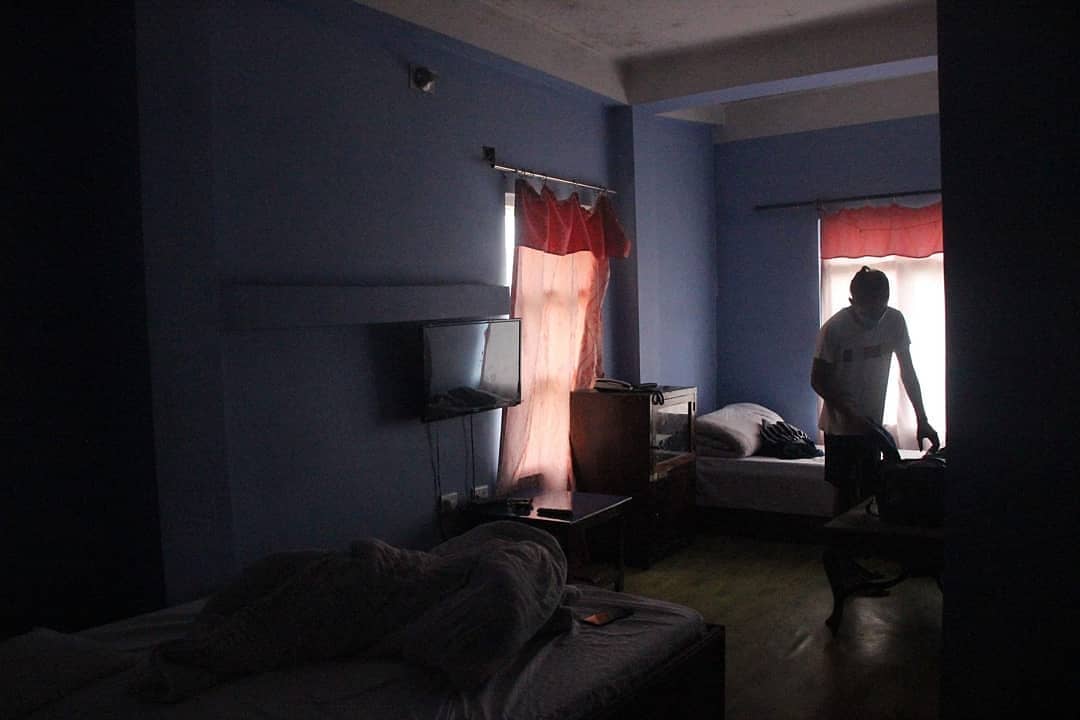Quarantine check-in by Parwat Portel

Photo: Parwat Portel/ photo.circle
Krishna Rai, 33, of Mechinagar, Jhapa, eastern Nepal, did not want to go to a government quarantine centre when he returned to Nepal from India last week. “Social media was full of information about how mass quarantine could become infection centres,” says Rai, “I had stayed safe so far, I didn’t want to get infected in a quarantine facility or go home and infect my family members.” So Rai is in isolation at the Jhapali Guest House, which was recently turned into a quarantine facility.
Rai is not alone. Alina Adhikari, 25, Resha Oli, 20, Prajjwal Pandey, 23 and others who have recently returned are also paying to rent a room in the guest house because they believe it is much safer than the mass quarantines. “This is an unnecessary burden for those who are returning, but the government’s criteria for quarantine is too high,” says Somnath Portel, coordinator of a government district committee dedicated to COVID-19 prevention and care. “The guidelines say, for example, that there should be a nurse and a doctor for each quarantine, that the bathrooms have to be certain standard, that food has to be of a certain level–we just don’t have the organization of those resources,” says Portel.
Six hotels in the border town of Kakadvitta were given permission to run as quarantine facilities for the returning locals. Those who choose to quarantine at a hotel have to pay about Rs. 1,200 per day for room and board at the hotel. “I would not want to rent a room for so much if the government quarantine facility was safe, but for now, I will pay out of my own pocket as a price to stay safe,” says Laxman Magar, 27, who returned from India recently.
Text and Photos: Parwat Portel @parwatportel7
Copy Edit: Nisha Rai @nishastoryteller
Edit: Mallika Aryal @mikaness
#nepalphotoproject #nepalnow #quarantine #lockdown #hotelquarantine #jhapa #covid-19
